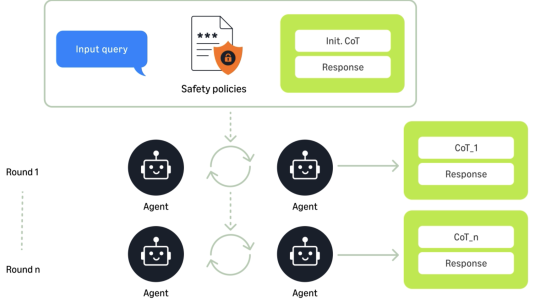Customer-obsessed science


Research areas
-
July 31, 2025Using ensembles of agents to generate and refine interactions annotated with chains of thought improves performance on a battery of benchmarks by an average of 29%.
Featured news
-
ICDE 20242024How can we effectively generate missing data transformations among tables in a data repository? Multiple versions of the same tables are generated from the iterative process when data scientists and machine learning engineers fine-tune their ML pipelines, making incremental improvements. This process often involves data transformation and augmentation that produces an augmented table based on its base version
-
ICRA 20242024Robotic manipulation is a key enabler for automation in the fulfillment logistics sector. Such robotic systems require perception and manipulation capabilities to handle a wide variety of objects. Existing systems either operate on a closed set of objects or perform object-agnostic manipulation which lacks the capability for deliberate and reliable manipulation at scale. Object identification (ID) unlocks
-
Krylov cubic regularized Newton: A subspace second-order method with dimension-free convergence rateAISTATS 20242024Second-order optimization methods, such as cubic regularized Newton methods, are known for their rapid convergence rates; nevertheless, they become impractical in high-dimensional problems due to their substantial memory requirements and computational costs. One promising approach is to execute second-order updates within a lower-dimensional subspace, giving rise to subspace second-order methods. However
-
Predicting customer preferences for each item is a prerequisite module for most recommender systems in e-commerce. However, the sparsity of behavioral data is often a challenge to learn accurate prediction models. Given millions of items, each customer may only be able to interact with a small subset of them over time. This sparse behavioral data is insufficient to represent item-customer and item-item
-
2024We introduce a novel and efficient approach for text-based video-to-video editing that eliminates the need for resource-intensive per-video-per-model finetuning. At the core of our approach is a synthetic paired video dataset tailored for video-to-video transfer tasks. Inspired by Instruct Pix2Pix’s image transfer via editing instruction, we adapt this paradigm to the video domain. Extending the Prompt-to-Prompt
Academia
View allWhether you're a faculty member or student, there are number of ways you can engage with Amazon.
View all





























